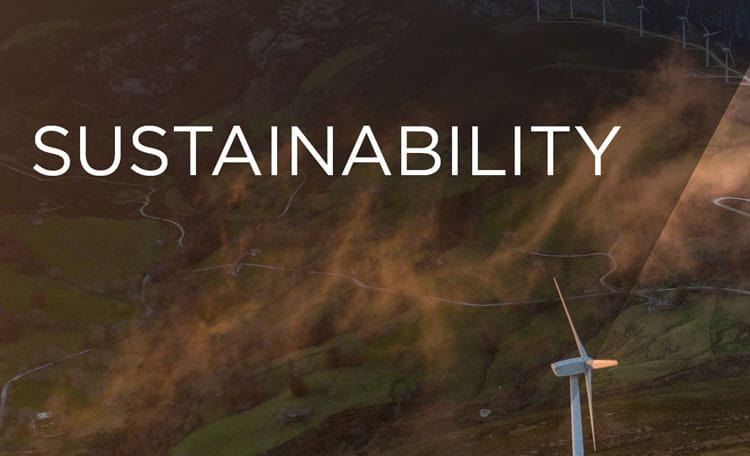
WHY CERTIFY?
Achieving a sustainable building certification comes with a variety of benefits to building owners, managers, occupiers and the planet. The following examples are some of many that highlight the business case for certifying:
- Tax Incentives: Many incentives are currently specific to local and state governments; however, the IRA offers unprecedented tax incentives that can cover up to 30% of costs. Some of these incentives are based on energy savings and reaching a certain level of certification. For example, a multifamily complex can receive $2,500 - $5,000 for achieving ENERGY STAR® certification.
- Increased Sales and Lease Rates: Certifications provide third-party validation of a building’s commitment to sustainability and the health and wellbeing of its tenants. Sustainable building certifications can justify a higher price tag with studies showing that sustainable certifications yield a rent premium of 6% and a sales premium of 7.6%. Additionally, properties with certifications centered around health and wellbeing include effective rents that transact between 4.4% and 7.7% more per square foot than their nearby non-certified peers.
- Contribute to Voluntary Disclosure Frameworks: Some certifications can help earn GRESB points which recognizes that a property is meeting a certain standard of ESG performance. “GRESB Scores are increasingly viewed by investors as an indication of their investments ESG performance. GRESB has seen an 89% increase in participants since 2019.” 2022 Real Estate Assessment Results - GRESB. The 2022 GRESB Real Estate Reference Guide lists around 90 design and/or construction schemes and a further 90 operational green building certification schemes.
- Cost-Efficiency: Improving the resource-efficiency of buildings has a direct correlation to cost reductions in operating expenses. Certifications such as Leadership in Energy and Environmental Design (LEED) and Building Research Establishment Environmental Assessment Methodology (BREEAM) look at building performance optimization in areas such as energy, carbon emissions, water, air quality and waste. Tracking these metrics can promote more efficient use of resources, substantially reduce emissions, and achieve cost savings.
When owners and managers couple cost savings from lower utility usage with increased rents, a building certification can be an investment that maximizes value across the board.
GREEN BUILDING VS. HEALTH & WELLNESS CERTIFICATIONS
Green Building Certifications
- Green building certifications: LEED, BREEAM, Energy Star, Green Globes, etc.
- Green building certifications affirm that individual assets are designed and/or operated in ways that are consistent with independently developed sustainability criteria. Green building certifications provide benefits for occupants, society, and the environment. Additionally, these certifications serve as an additional layer of transparency and accountability to inform investors and occupiers on the ESG performance of an asset.
Health and Wellness Certifications
- Healthy building certifications: Fitwel, WELL, RESET, etc.
- While human health is considered in green building certifications, it is not the primary focus. This is changing as the industry shifts its focus to the impact that buildings have on human health and well-being. People spend an overwhelming majority of their time indoors, so factors of our built environment such as access to daylight, opportunities for mental relief and physical movement, and availability of nutritional food options have direct impacts on our physical, mental, and emotional health as well as overall productivity in the workplace.
WHAT CERTIFICATION IS RIGHT FOR YOUR BUILDING?
There are a variety of factors that can influence which building certifications are best suited for your building(s):
- Location: Ensuring your building/s include appropriate infrastructure to support alternative modes of transportation and offering amenities on-site to support pedestrians and cyclists can better position you to achieve a sustainable building certification.
- Energy and Water Use: Green building certifications such as LEED and BREEAM track key building metrics like energy, water, and waste. In some instances, such as LEED v4 O+M, there are minimum point requirements tied to your building’s energy performance in order to pursue certification. Engage with C&W’s Energy & Sustainability Team to conduct an analysis of whether your building/s meet any performance-related requirements.


